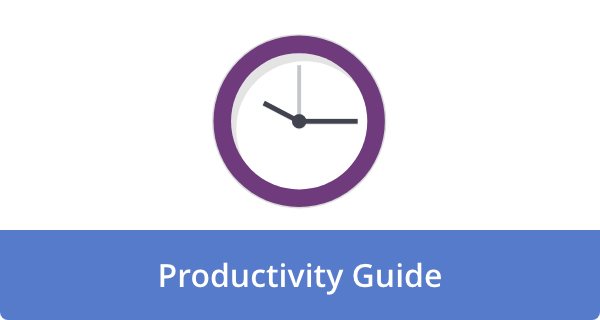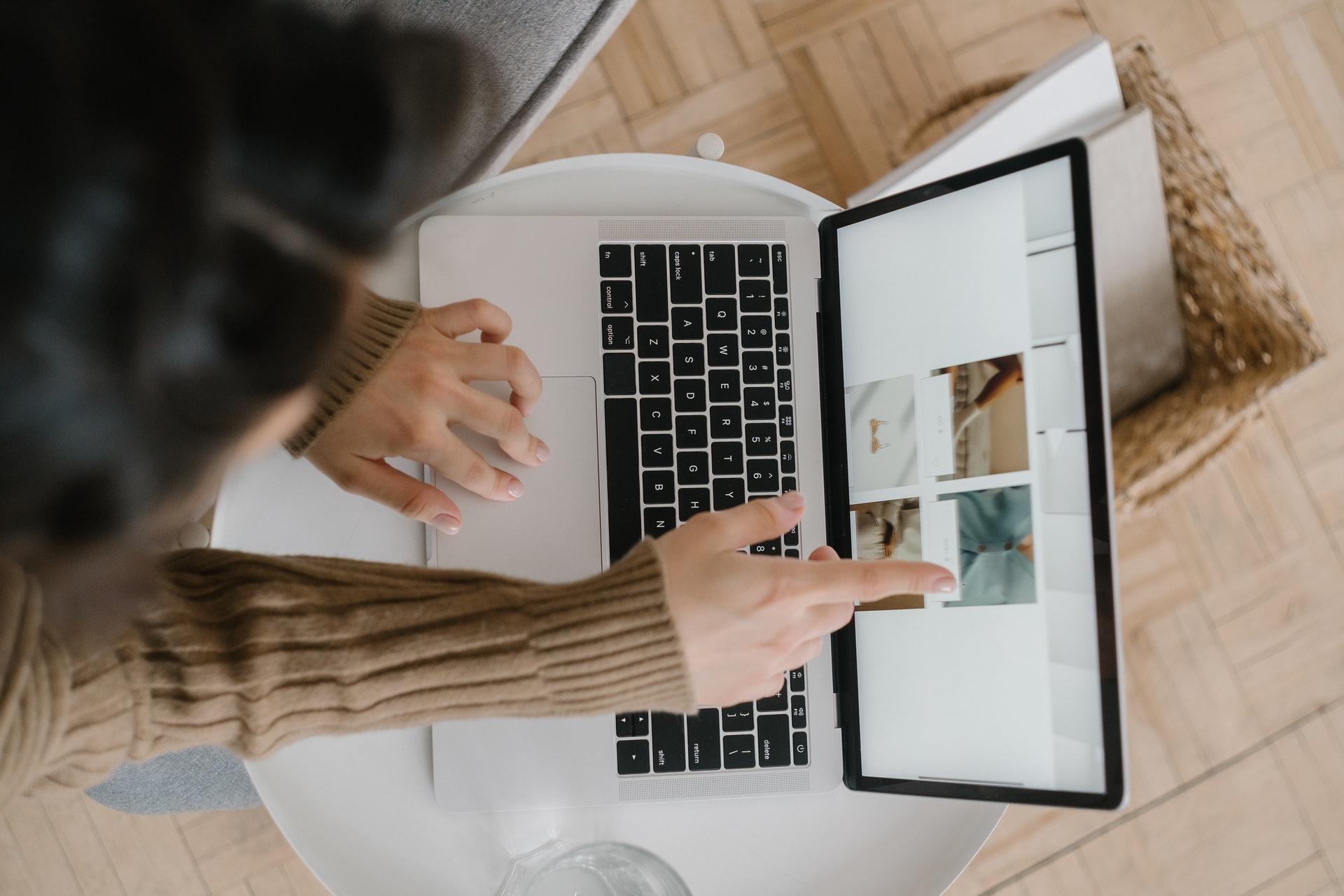

Life doesn’t need to be complicated to be fulfilling. I’ve found the opposite to be true — the simpler my life feels, the happier I am. After watching Michelle’s recent video about simplifying life, I was struck by how practical yet profound her advice was. While I’m constantly searching for ways to make my days run more smoothly, her approach resonated with me because it balances actionable tips with deeper, mindset-shifting insights.
What I appreciate most about Michelle’s philosophy is that simplicity isn’t about deprivation or minimalism for its own sake. It’s about creating systems and perspectives that reduce friction in daily life. Some of her suggestions are quick fixes, while others require more reflection, but all aim to create a life that feels less overwhelming.
Treat Yourself Like a Kid
One of my favorite tips was treating yourself like a child when it comes to impulse purchases. Instead of buying something immediately, take a photo and tell yourself you’ll get it on Black Friday or as a birthday treat. By the time that date rolls around, you’ll likely have lost interest in most items. I’ve started doing this with my online shopping cart, and it’s incredible how many “must-haves” lose their appeal after a week of waiting.
This simple delay tactic builds your ability to delay gratification while avoiding the stress of saying a direct “no” to yourself. The result? Less stuff, more money saved, and gradually becoming a less impulsive person.
Identify Your Routine Bottlenecks
We all have those small routine failures that create ripple effects of complication. For Michelle, it was forgetting to hang up her laundry, leading to the need to rewash clothes repeatedly. Her solution was brilliantly simple – a magnetic timer on the washing machine that serves as an unmissable reminder.
This got me thinking about my own bottlenecks. My persistent issue is forgetting to prep coffee the night before, which makes mornings chaotic. After mapping out my evening routine, I realized I needed to connect coffee prep with something I never skip – setting my alarm. Now my mornings run much more smoothly with this tiny adjustment.
Add Strategic Accountability
Adding the right amount of accountability to specific areas of your life can be transformative. Michelle highlighted two areas where this worked for her:
- Cooking: Sharing cooking responsibilities with her partner on alternating days
- Exercise: Working with a personal trainer who provides consistent, personalized accountability
I’ve experimented with accountability in my financial habits by joining a money management group. Having to report my progress weekly has completely changed my relationship with spending and saving. The key is finding accountability that feels supportive rather than punitive.
Adding Small Accountability to Exercise
Pick a type of exercise that you don’t have to think much about and don’t have to make any decisions about. Try to do this at home, so you don’t have to decide whether to go to the gym or find someone to go with you. Learn good exercise without expensive or complicated equipment.
One of the best things you can do is to get a coach to help you.
Embrace “Readied Action” Over Rigid Schedules
One concept that struck me was “readied action” — being prepared to take advantage of unexpected pockets of time rather than sticking rigidly to schedules. This approach might sound like it would make life more chaotic, but I’ve found the opposite to be true.
The concept is to be prepared to jump in and take action in the free moments. I keep a list close to me, either in my pocket, on the sideboard, or the desk. When a free moment presents itself, I do something on the list. I have divided these tasks into jobs that take 15 minutes and 30 minutes, as that is usually the amount of time I will have in “free minutes. ”
When I stopped forcing myself to write at 6 AM every day and instead kept my laptop charged and ready for any free moment, my productivity actually increased. There’s a beautiful simplicity in flowing with life’s natural rhythm rather than constantly fighting against it.
See Cleaning as Cycles, Not Failures
The shift in perspective from viewing cleaning as a never-ending cycle to seeing it as a series of successes was remarkably freeing. Life isn’t about achieving a permanently clean state. It’s about navigating the natural cycles of mess and order, dirty dishes and warm meals, laundry piles and fresh sheets, and embracing each cycle instead of being overwhelmed by them.
When I stopped beating myself up for not maintaining an immaculate home all the time, I found that I was cleaning more consistently. Accepting the cyclical nature of household tasks removed the all-or-nothing pressure that was paralyzing me.
Uncover Your “Secret Projects”
Michelle’s theory about “secret projects” resonated with me. These are the tasks we carry around mentally but don’t acknowledge as actual projects:
- Finding and booking services (like couch cleaning)
- Preparing for holidays or events, buying birthday gifts, and mailing
- Supporting friends through difficult times
- Researching options for major purchases
When I did an honest audit of my secret projects, I realized I was juggling about 15 unacknowledged tasks. No wonder life felt complicated! For projects I couldn’t tackle immediately, I applied Michelle’s “intentional Band-Aid” approach — finding temporary solutions that reduce stress until I can address the root issues. Her other way to deal with these extra projects is to “cull” them. Say “NO” and cross them off your list.
Additionally, I’ve found I can add the “no’s” to an analogue calendar to deal with the issue in three months. This gives me a mental break, and when I look at them in 3 months, sometimes that secret project is no longer so important, and I can scratch it off the list without guilt.
Create a “Figure Out” Board Instead of Goals
Rather than setting rigid goals, Michelle suggested creating a “figure out” board for the year — questions you want to explore rather than targets to hit. This approach feels much lighter while still moving you forward.
I’ve started my own “figure out” board with questions like “figure out how to make meal planning feel effortless” and “figure out how to create a morning routine that energizes rather than depletes me.” By framing these as explorations rather than achievements, I’ve removed the pressure while still making progress.
When I saw Michelle dancing down her hallway while cleaning (in the video), I realized I could do that and maybe wear one or two-pound weights on my ankles — and then count it as exercise, too! I call these cleaning mornings my “twofers,” and it makes me happy.
The beauty of simplicity isn’t that it makes life perfect — it’s that it creates space for what truly matters. By implementing even a few of these strategies, I’ve found myself with more mental bandwidth for creativity, relationships, and joy. And isn’t that the point of simplifying in the first place?
How Can I Add Reading to My Daily Goals
Michelle believes that your mind is always working for you, trying to help you determine a course. She suggests that you ask yourself a question to help you find an answer. I asked myself, “How can I add more reading into my routine?” I’m already a daily reader, but with this question, many thoughts came to mind, and I was able to fit in more reading than ever.
Ultimately, just as Michelle shows you, there are ways to change what you think about and ways to do your life differently. You think you are stuck or that there is only one way to do things — it’s not true. Can you see that?
Open your mind to the possibilities and create the life you want, which is calmer and happier. You deserve this. Please do it for yourself.
Featured Image Credit: Photo by Andrea Piacquadio; Pexels











Deanna Ritchie
Editor-in-Chief at Calendar. Former Editor-in-Chief and writer at Startup Grind. Freelance editor at Entrepreneur.com. Deanna loves to help build startups, and guide them to discover the business value of their online content and social media marketing.